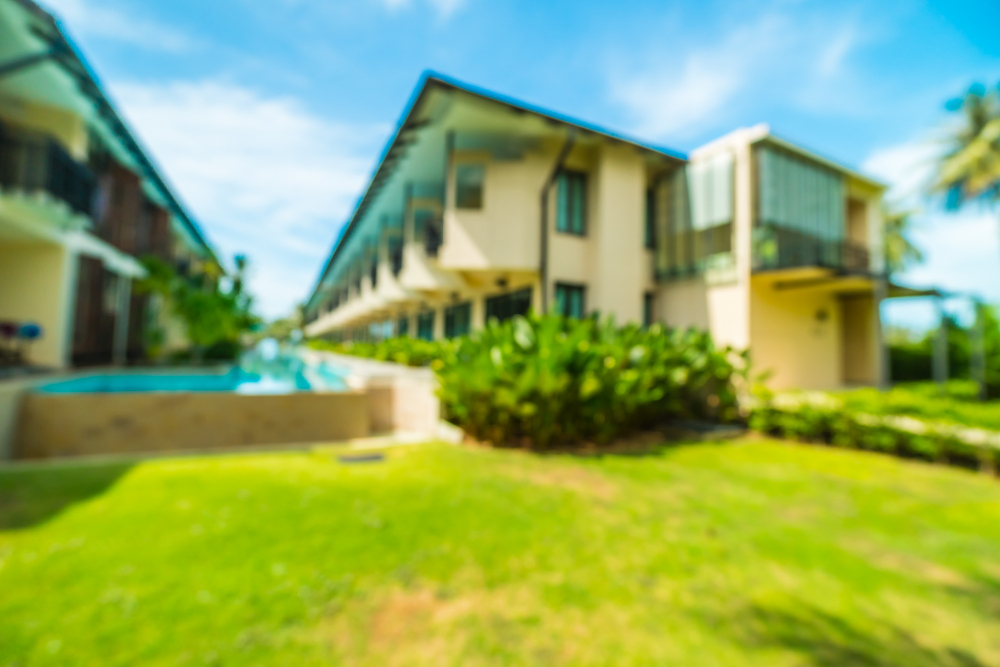A Guide on How to Fix a Thinning Lawn

A lush and green lawn is the pride of every homeowner. It provides a space for play and relaxation, enhances curb appeal, and adds value and beauty to the property. However, despite our best efforts, lawns can sometimes become thin, patchy, or bald, indicating problems with soil, watering, mowing, pest, or disease. If you notice your lawn has bare spots, yellowed or stunted grass blades, or an overgrowth of weeds, it's time to take action. In this blog post, we'll share some tips and tricks on how to fix a thinning lawn and transform it into a healthy and vibrant green carpet.
Assess the problem
Before you start any lawn fix project, it's essential to diagnose the underlying issue. In some cases, thinning lawns might be the result of improper irrigation, where certain areas receive too much or too little water. Other times, the soil may lack nutrients, or pests like grubs and moles might be devouring your grass roots. A simple soil test can help you determine the pH level, nutrient content, and texture of your soil, and identify any micronutrient or mineral deficiencies. Similarly, inspecting your lawn for insect infestations, fungal infections, and other signs of disease can help you take targeted and effective measures.
Reseed bare spots
One of the most common causes of a thinning lawn is bare spots, where the grass has died off or failed to establish. To fix bare spots, you need to reseed the area with fresh grass seed and tamp it down with a rake or lawn roller. Choose a grass variety that matches the existing one, and make sure to prepare the soil adequately by adding organic matter, like compost or peat moss, and loosening any compacted areas. Water the newly seeded area regularly, but avoid overwatering, as it can cause the seeds to rot or wash away.
Fertilize the lawn
A lack of nutrients is another common cause of thinning grass. Fertilizing your lawn can supply it with the essential macronutrients, like nitrogen, phosphorus, and potassium, that help it grow strong and healthy. Depending on your soil's condition and the type of grass you have, you might need a different fertilizer formula and schedule. Generally, it's best to apply fertilizer in the spring and fall, when grass is actively growing, and avoid doing it during drought or hot spells. Follow the instructions on the fertilizer package and use a spreader to apply it evenly.
Control weeds
Weeds like dandelions, clovers, and crabgrass can quickly take over a thinning lawn and outcompete the grass for water and nutrients. Hand-pulling or using weed killers can help you get rid of these invaders and prevent them from spreading. However, be careful not to harm the grass and use non-toxic or eco-friendly weed control methods if possible. Additionally, aeration, dethatching, and overseeding can help the grass grow thicker and outcompete weeds by increasing air, water, and nutrient infiltration.
Mow and water properly
Finally, maintaining a thick and healthy lawn requires proper mowing and watering techniques. Mow your lawn regularly, but avoid scalping it too low, as this can weaken the grass and make it prone to disease and pests. Also, water your lawn deeply, but infrequently, to encourage the roots to grow deeper and be more drought-resistant. Watering shallowly can make the grass roots stay near the surface and be more vulnerable to heat and drought stress.
Conclusion
A thinning lawn can be an eyesore and a headache for homeowners, but with the right approach, it can be fixed and restored to its vibrant and healthy state. By diagnosing the problem, reseeding bare spots, fertilizing the lawn, controlling weeds, and mowing and watering properly, you can take your lawn from patchy to plush in no time. Of course, if you're not sure where to start, or you don't have the time and equipment to tackle the project on your own, From The Ground Up Landscaping is here to help. Our team of experts can assess your lawn's condition, recommend personalized solutions, and provide reliable and affordable sod removal services in Orlando, FL. Contact us today for a free estimate and let us turn your thinning lawn into a lush oasis.